Types of apparel photography: Flats/tabletop, hangar, on-mannequin, on-model.
When to use them.
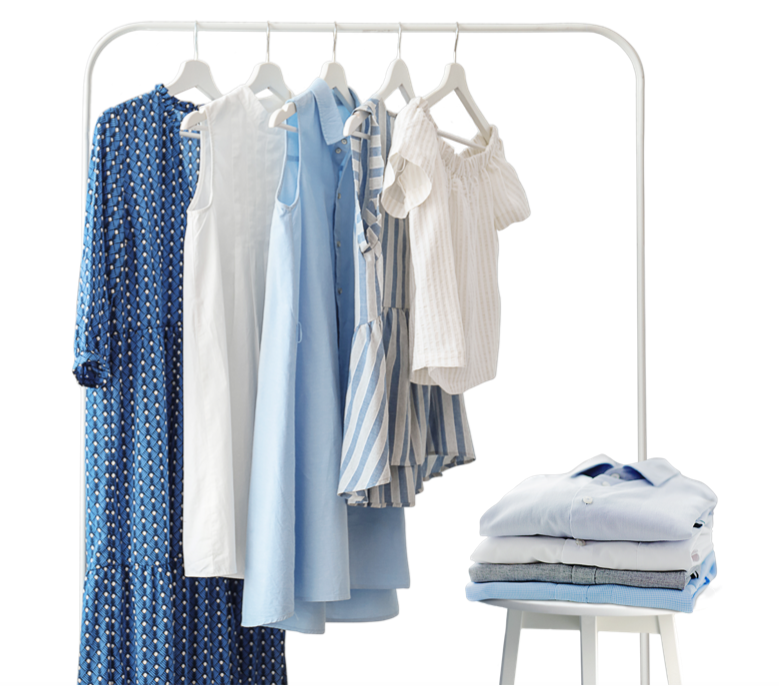
When I am considering what type of apparel photography I should prepare for my next assignment, I tend to consider two key questions to help me decide: What method would the product look best in? How (as in which scenario) does the client/designer want to market the product?
The answer to both of those questions will be different for each type of apparel and, will also vary depending on the mediums the designer plans to use for their marketing and advertising.
FLATS: I like to use flats when showcasing ensembles for clothing or designer clients. I also use them for soft woolens. In both these cases, items can be maneuvered easily, generally maintain their shape and require minimal post-production editing in order to remove creases or crinkles. It can also reduce your shoot production time, as there is generally one lighting set up with one camera position for all the product shots within a line. A great editing team like Pixhoto can also move items around, or mix and match clothing items from different shots in post, giving your shoot and subsequent photos easily attained flexibility and variability
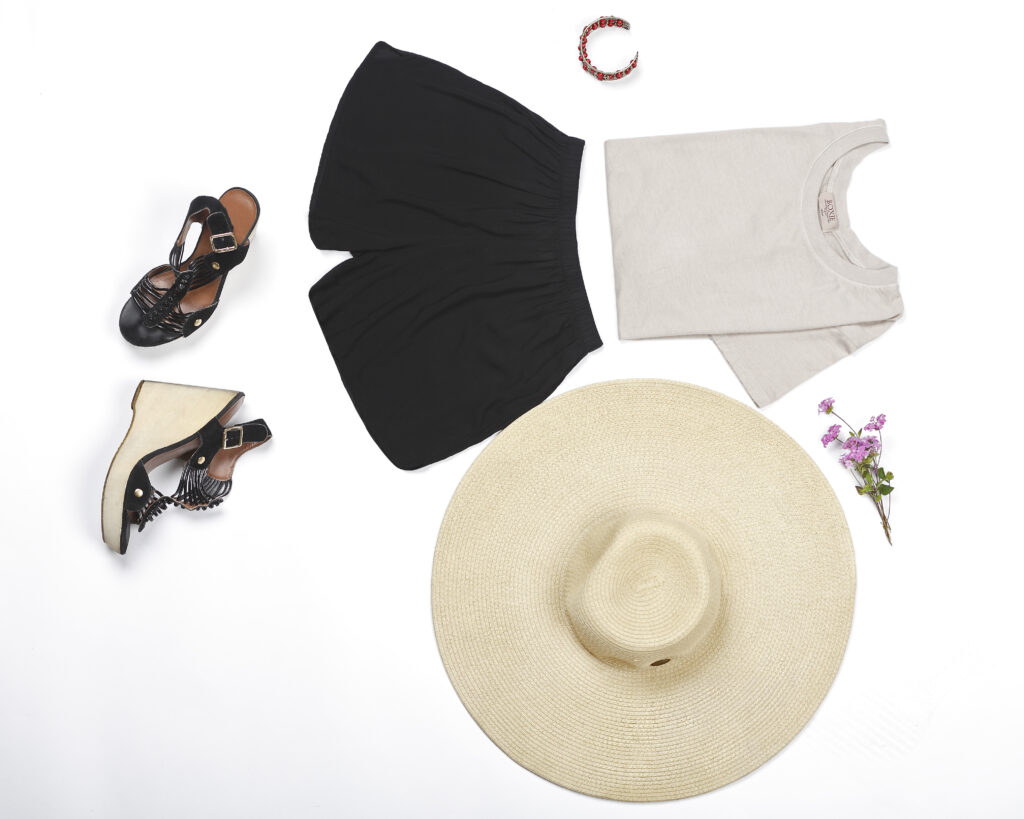
HANGERS: Hangers can be a tough sell and I tend to use them only with items that hold their shape reasonably well. This could include hat/scarf ensembles, or shirt and tie combinations. What I like about hangers is that if you do want your editor to remove them in post, this can be easily done, with tags and necklines being maintained or re-introduced during the editing process as well.
Hangers can provide a “showroom” look to your images, however as mentioned, the right product must be used in order to best display it. I would never use a hangar for long sleeve wools for example, as the product looks saggy and will droop a lot, not representing shape, fit or form too well. Ultimately, the shoot is about making your clients product appear as amazing and true-to-form as possible.
MANNEQUINN: Mannequin photography has so many possibilities but the stand-out for me is ghost mannequin photography. The process is heavily reliant on you having an efficient editing team behind you that are timely and accurate, but in the end having this support is worth the time and effort it saves you. Swimwear and lingerie really excel in this form as the true shape of the items fit can be displayed, especially with swimwear as it needs to stretch a little (I try and avoid flats or hangers with swim because of this). Although requiring a unique skill-set, and requiring a little more time both during the shoot and in post-production, 3D ghost mannequin images look great for the right pieces and give the customer a realistic experience of what they intend to buy. I freelance all my 3D ghost mannequin editing out to Pixhoto and really appreciate the time it saves me, they do an exceptional job within my allotted timeframes.
Whether you choose the 3D option or not, purchasing and using “invisible” mannequins makes life much easier for both you and your editor. Featuring removal limbs and body sections, these mannequins allow you to “shoot through” your product, leaving your editing team with either less to do in post, or generally just allowing them to work through an image quicker. As always, lighting is crucial with mannequin photography with both correct background lighting having no spill onto the product, as well as having an evenly lit subject, being equally important. Different mannequin positions or stances can provide flexibility for your shoot if you so desire.
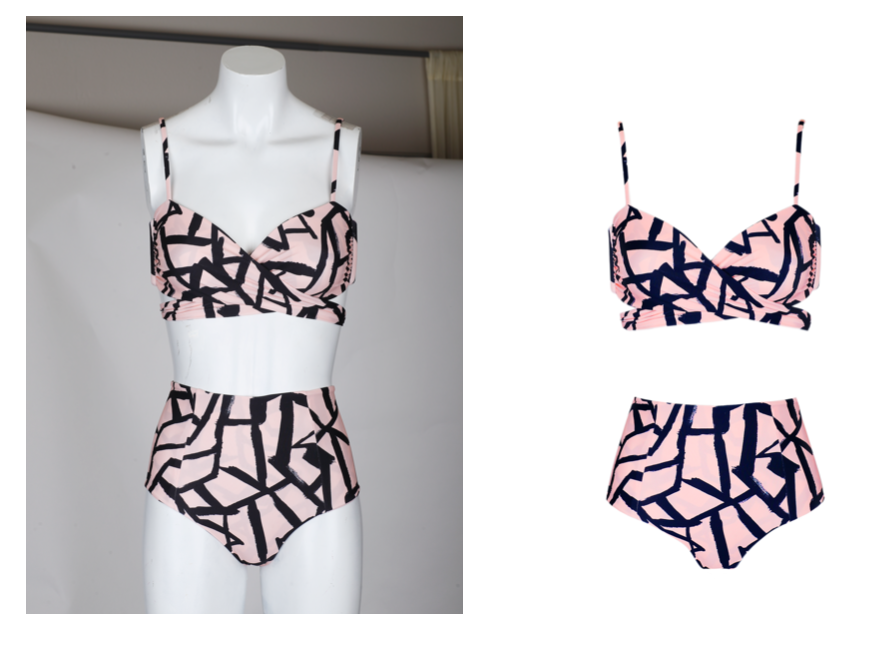
MODEL: The ultimate in displaying your products. While shooting with models does attract extra cost, there is a lot to be said for putting an inviting face to your product. Models can set the tone of your clients’ website by their look, pose, expression or attitude which can significantly contribute to the emotional intimacy of a website. Models can also provide a better fit perspective that is more relatable than mannequin, hanger or flat product photography. Model selection is extremely important for marketing purposes, as using the correct age/genera/activity specific models can help to get your message across quicker to your clients target audience.
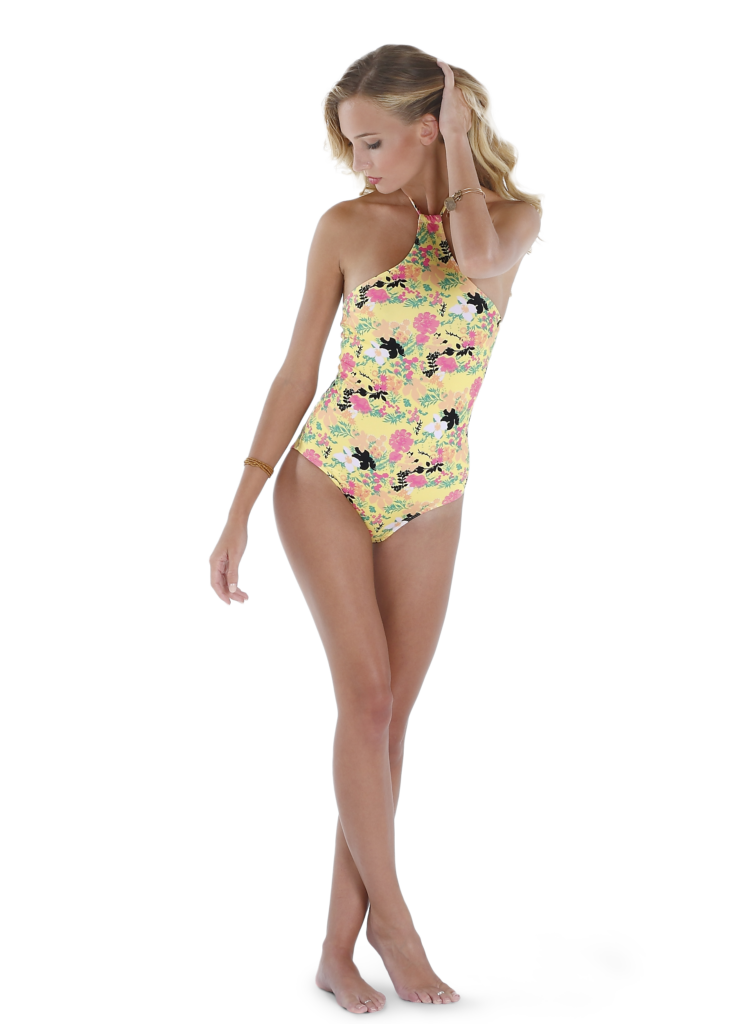
By
Adrian Wlodarczyk
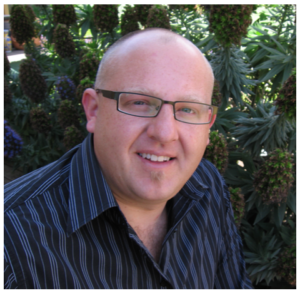 Adrian is an internationally published commercial swimwear and product photographer with 15 years experience in both Melbourne, Australia and Los Angeles, California, USA. His knowledge is inspired by the wonderful people he meets in the photography world and the stunning light and locations he gets to ply his trade in.
Adrian is an internationally published commercial swimwear and product photographer with 15 years experience in both Melbourne, Australia and Los Angeles, California, USA. His knowledge is inspired by the wonderful people he meets in the photography world and the stunning light and locations he gets to ply his trade in.
Having travelled the world shooting for some of the world’s leading outdoor, lifestyle and swimwear brands Adrian recognizes the great value that a good editing team behind him can bring to his product, both with image quality and time efficacy for his clients.
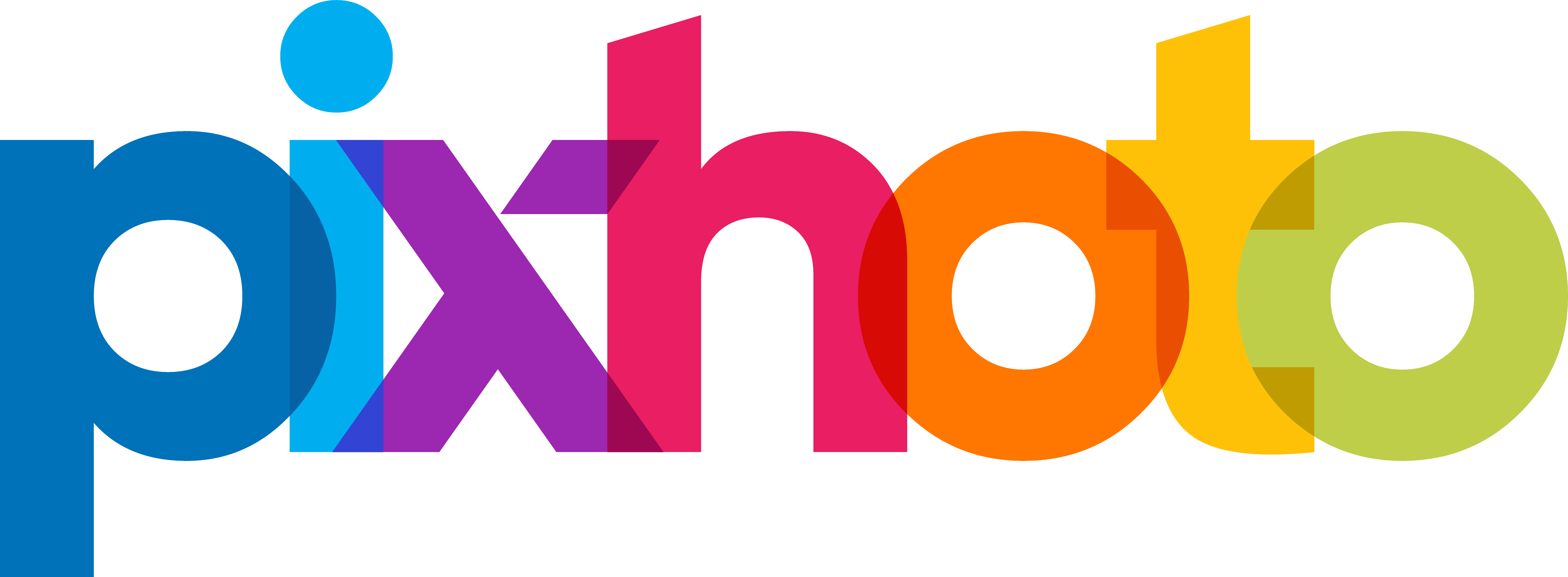

Recent Comments